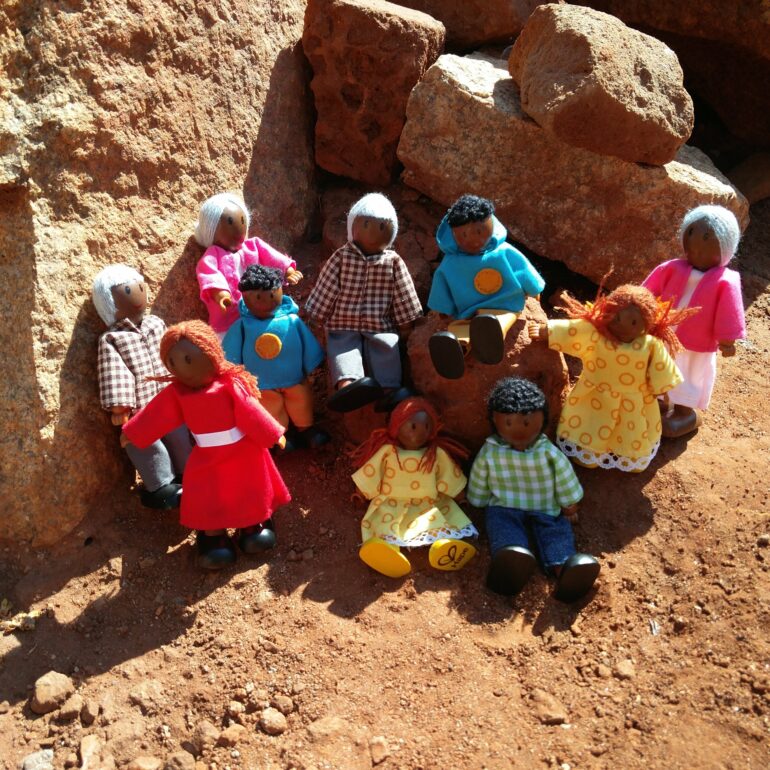The words different cultures use to describe family members have revealed some intriguing insights—including why in Balto-Slavic languages there is a complicated relationship between in-laws and weasels.
University of Bristol researchers have published a new study in PLOS ONE exploring the links between kinship names in different languages.
Fiona Jordan, professor of anthropology from the University of Bristol, has been working with colleagues from Australia, Finland, and Brazil to develop KinBank—a catalog of more than 1,200 languages and their words for family members—known as kinship terminology. It features more than 210,000 kinship terms ranging from cousins to great-grandparents.
One of the interesting findings the team have discovered is that the sounds of parental kinship terms can be predicted by the gender of the parent.
“Across the world, parent words often sound like baby babbling, with ma, ba, da sounds,” Professor Jordan from Bristol’s Department of Anthropology and Archaeology explains.
“We were surprised that while father words showed a bias to pa -and ta-, the ma- words could refer to either mum or dad, showing the need for large-scale databases to test these ideas about language variation.”
The team are currently investigating claims that languages that distinguish certain types of cousins do so because some cousins are considered marriageable.
As KinBank grows, Professor Jordan believes it will be an invaluable tool for investigating recurring patterns for kinship terminology across cultures.
“We hope this can spark conversations about diversity and family between people from different cultural backgrounds—this is how it is in my family, but do you do it that way?” Professor Jordan said.
“Anthropologists have documented kinship variation for decades, but our database is the first time the data will be widely accessible.
“We have already discovered some interesting patterns with the 1,156 languages currently in the KinBank—but that is only about 15% of all languages currently spoken in the world. Because kinship terms aren’t just words—they capture important aspects of culture too—KinBank will prove a valuable resource for endangered languages.”
Among Balto-Slavic languages, there is a complicated relationship between in-laws and weasels. For example: In the past, the term for daughter-in-law in Bulgarian and Serbo-Croatian was the same as for weasel. And in Lithuanian the word for weasel is the same as sister-in-law.
The reason behind this relationship is unclear, but might have something to do with old folk tales discouraging adulterous relationships with female-in-laws.
The terms for siblings and cousins the team have collected are a perfect example of just how varied kinship language can be.
“In English, we use the terms brother and sister, but this is actually only the third most common way of labeling siblings,” explains Dr. Sam Passmore from the Australian National University.
“The most common way is to use four sibling categories, like in Japanese. They have different terms for older brother (ani), younger brother (omōto), elder sister (ane), and younger sister (imōto).”
The team also studied how children learn kinship in their community, and found that some cultures prefer personal names to kinship terms. In some languages women show respect to their in-laws by avoiding the use of their names. However, Dr. Alice Mitchell from the Bristol team found that in Datooga (a language spoken in Tanzania), women not only avoid the use of their in-laws’ names, but also all similar sounding words.
More information:
KinBank: A global database of kinship terminology, PLOS ONE, journals.plos.org/plosone/arti … journal.pone.0283218
Provided by
University of Bristol
Citation:
Database stores names for family members in 1,200+ languages (2023, May 24)



